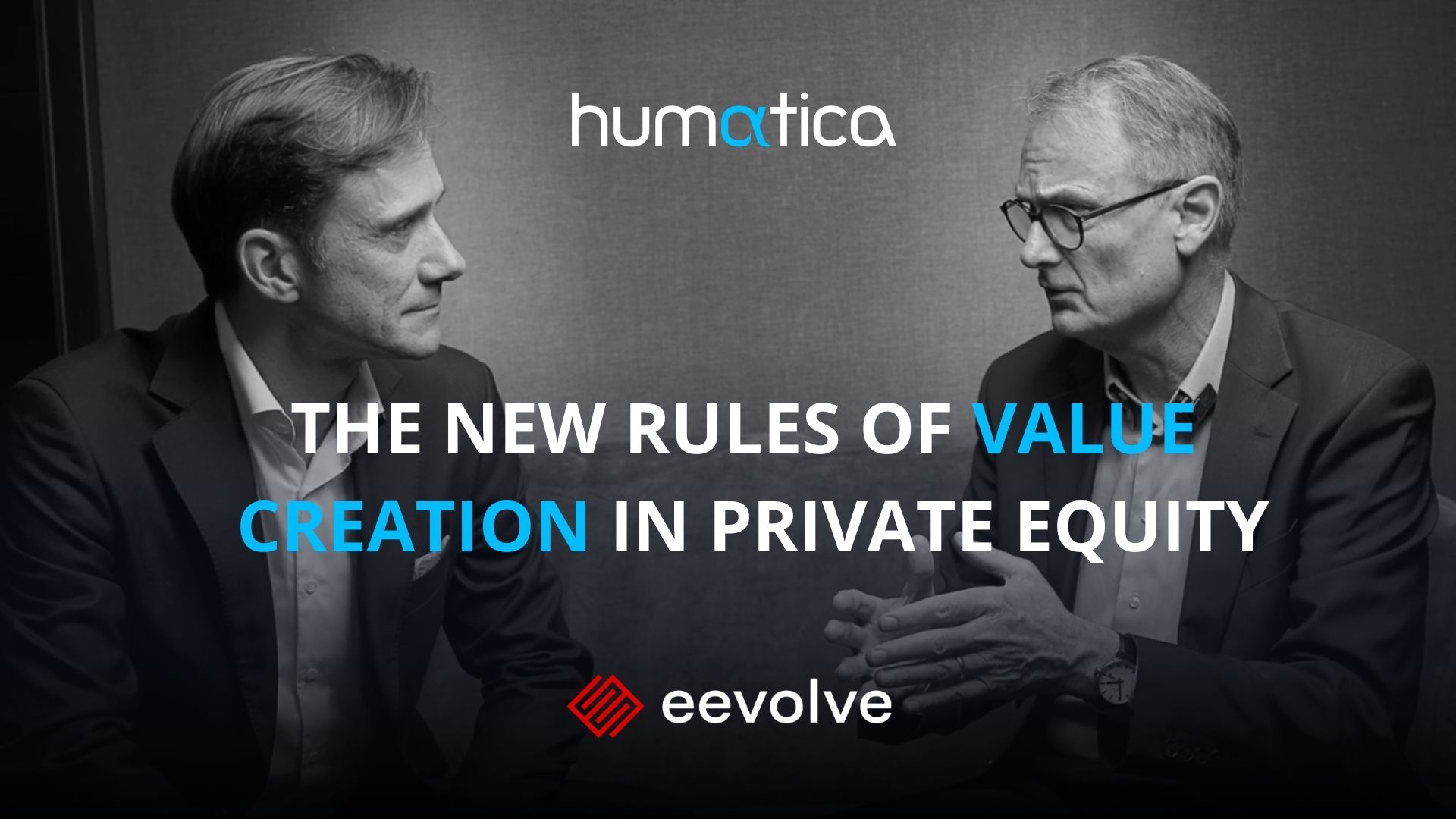
Defining a target operating model “TOM” is an essential first step following a bolt-on acquisition. It sets the organizational framework for the future management structure and long-tail of PMI decisions. A TOM is the block-diagram level description of how the merged company should be organized to deliver the value creation plan. It defines the major activity areas and interfaces needed to drive organizational efficiency and effectiveness for execution.
Often, the acquirer will try to define the TOM pre-deal, in isolation, and force it on the target after closing. The problem with this is that acquiring managers don’t understand enough about the target, its structures, interfaces, processes, and its management to make good decision. It’s a recipe for disaster.
The optimal TOM will realize scale and experience-curve synergies, while minimizing interface costs, facilitating subsequent acquisitions, and ensuring clear accountabilities. Making the right calls on a set-up that optimizes these economic factors requires the combined experience and business understanding that both management teams collectively bring to the table. It’s therefore essential to involve the acquired firm’s management in defining the future TOM. However this is often difficult, especially in cases where the companies were previously direct competitors.
Another common concern is that effected managers can not be involve in defining the future, merged operating model as they will be directly effected and biased based on their self-interest. Conventional wisdom says that integrating N-1 managers into the TOM definition process is risky, and like “inviting turkeys to Thanksgiving”. However, this need not be so.
Up front transparency on each standalone organization gives managers the context for merger decisions and the integration logic. An education process needs to deliver a joint understanding of the other firm’s history, culture, strategy, organizational strengths and weaknesses to build trust before discussing the best future set-up.
Objective, fact-based transparency on each of the to-be-merged organizations is the starting spot for trust building and involving managers from both companies in designing the future operating model. Andros Payne of Humatica notes, “Objective transparency on each of the organizations is critical for getting the facts on the table up-front and taking the emotions out of the discussion to enable good collaboration. It’s also essential for understanding structural, process and governance trade-offs in the new TOM and avoiding misunderstandings among the management teams”.
Risks are further reduced and time won by engaging an unencumbered, neutral third party facilitator to drive decisions and consensus on the new TOM. First impressions are always difficult to overturn. So it is most important for a high-EQ facilitator to make sure the first meeting of managers from both companies is a good meeting which builds trust and avoids anchoring misunderstandings or suspicions.
It’s also important from a change management perspective to collectively explore various operating model alternatives before getting consensus on the optimum TOM in the face of diverse constraints. Group discussions, based on logic and the merits, rather than off-line side-discussions will up the quality of thinking, and avoid back-room gaming that destroys trust.
Gilde Buy Out Partners acquired IronRidge, EcoFasten and Quick Mount PV, three of the largest US solar panel mounting competitors in quick succession as part of their ESDEC Solar Group international roll-up in 2019. They applied a transparent and collaborative best-practice approach to defining the new TOM. According to Gilde’s Joost Heeremans, “transparency on each of the organizations and collaboration among the management teams were essential for building trust and a fit-for-purpose operating model”.
A well-structured and transparent process involving managers from both companies increases the quality of decisions and buy-in, while lowering implementation risk. But it is essential that it gets off to a good start from the first meeting when first impressions are made.
This article is the second of a five-part series on Buy & Build Secrets of Success. Click here to read the third article on merging Marketing & Sales Organisations.

In today’s private equity landscape, the classic levers of value creation are no longer enough. As markets evolve and competition intensifies, governance is emerging…
Read more
Measuring organizational performance is difficult, especially in a way that is both systematic and genuinely useful for decision-making. In a recent Alpha Talks conversation, Ueli…
Read more
Unpacking the root causes behind underperformance and how to resolve them It’s a familiar scene: Over dinner, a client lamenting inconsistent results across their portfolio…
Read moreErhalten Sie jeden Monat Neuigkeiten und wertvolle Perspektiven zu Themen der organisatorischen Effektivität